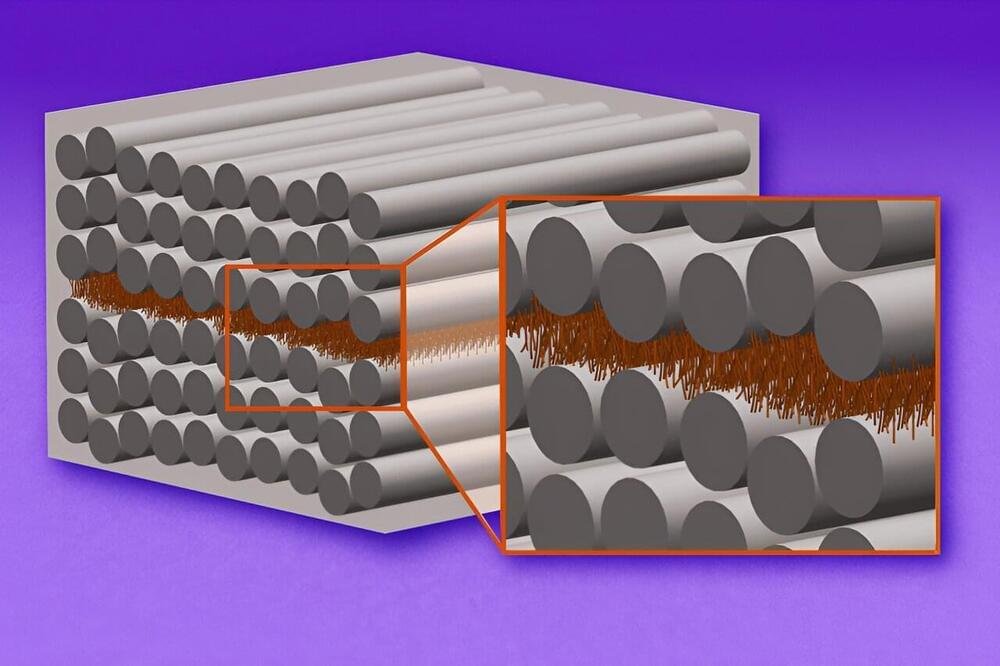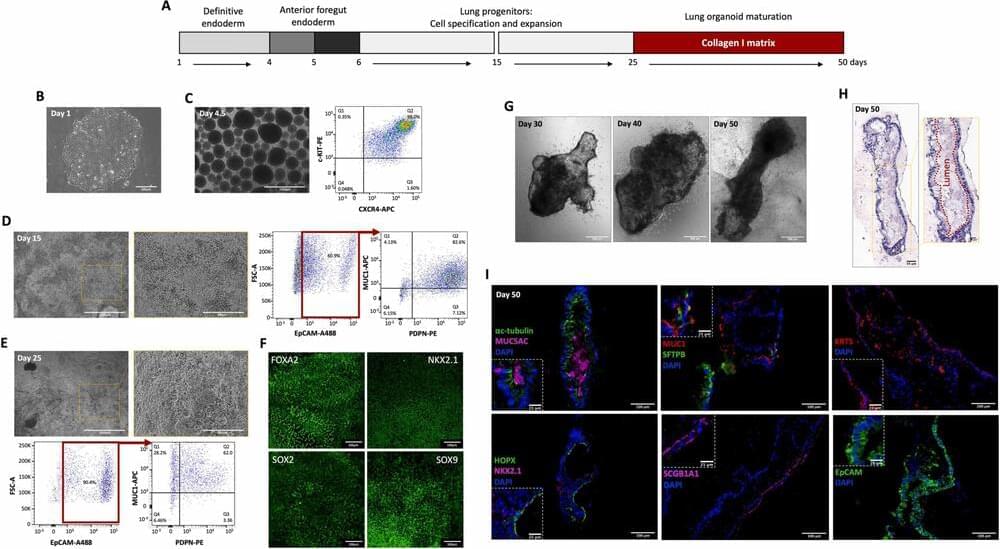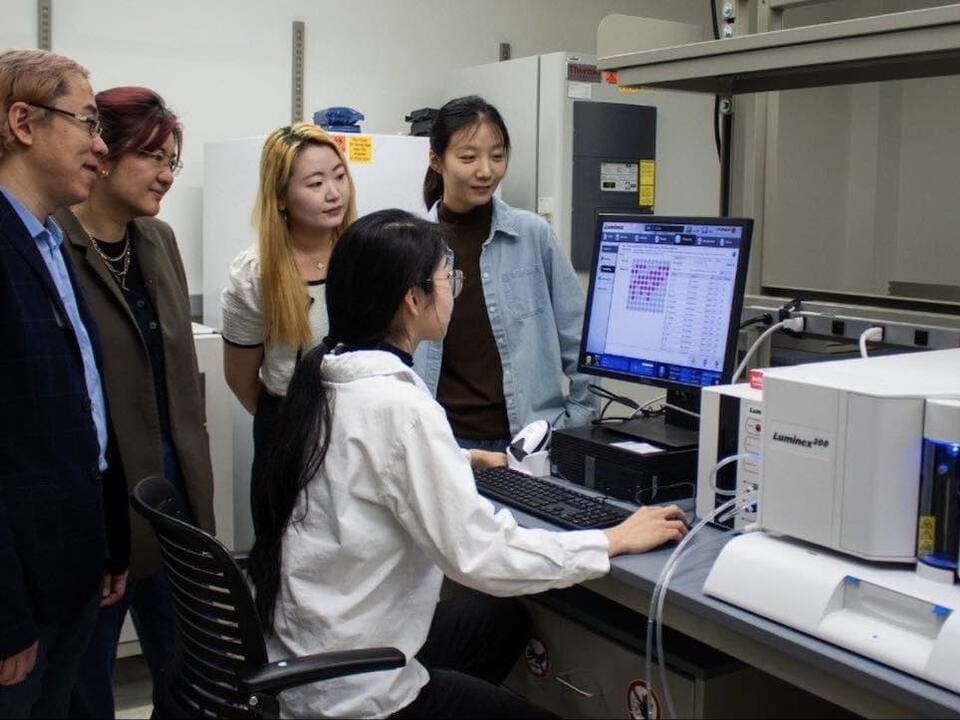To save on fuel and reduce aircraft emissions, engineers are looking to build lighter, stronger airplanes out of advanced composites. These engineered materials are made from high-performance fibers that are embedded in polymer sheets. The sheets can be stacked and pressed into one multilayered material and made into extremely lightweight and durable structures.
Human mini-lungs grown by University of Manchester scientists can mimic the response of animals when exposed to certain nanomaterials. The study is published in Nano Today.
Quantum dots are already moving in the premium display category, particularly through QD-OLED TVs and monitors. The next step could be QDEL, short for “quantum dot electroluminescent,” also known as NanoLED, screens. Not to be confused with the QLED (quantum light emitting diode) tech already available in TVs, QDEL displays don’t have a backlight. Instead, the quantum dots are the light source. The expected result is displays with wider color spaces than today’s QD-OLEDs (quantum dot OLEDs) that are also brighter, more affordable, and resistant to burn-in.
It seems like QDEL is being eyed as one of the most potentially influential developments for consumer displays over the next two years.
If you’re into high-end display tech, QDEL should be on your radar.
NVIDIA is all set to aid Japan in building the nation’s hybrid quantum supercomputer, fueled by the immense power of its HPC & AI GPUs.
Japan To Rapidly Progressing In Quantum and AI Computing Segments Through Large-Scale Developments With The Help of NVIDIA’s AI & HPC Infrastructure
Nikkei Asia reports that the National Institute of Advanced Industrial and Technology (AIST), Japan, is building a quantum supercomputer to excel in this particular segment for prospects. The new project is called ABCI-Q & will be entirely powered by NVIDIA’s accelerated & quantum computing platforms, hinting towards high-performance and efficiency results out of the system. The Japanese supercomputer will be built in collaboration with Fujitsu as well.
Scientists at King’s College London have discovered a new cause for asthma that sparks hope for treatment that could prevent the life-threatening disease.
Most current asthma treatments stem from the idea that it is an inflammatory disease. Yet, the life-threatening feature of asthma is the attack or the constriction of airways, making breathing difficult. The new study, published in Science, shows for the first time that many features of an asthma attack—inflammation, mucus secretion, and damage to the airway barrier that prevents infections—result from this mechanical constriction in a mouse model.
The findings suggest that blocking a process that normally causes epithelial cell death could prevent the damage, inflammation, and mucus that result from an asthma attack.
Our Universe requires dark matter in order to make sense of things, astrophysically. Could massive photons do the trick?
Gigantic lions prowled North America for tens of thousands of years before going extinct. Where did they go?
AutoCrawler.
A progressive understanding web agent for web crawler generation.
Web automation is a significant technique that accomplishes complicated web tasks by automating common web actions, enhancing operational efficiency, and reducing the need for…
Join the discussion on this paper page.
Scientists may have figured out how a massive “superstructure” of igneous rock lurking below the surface of the Pacific Ocean was formed.









